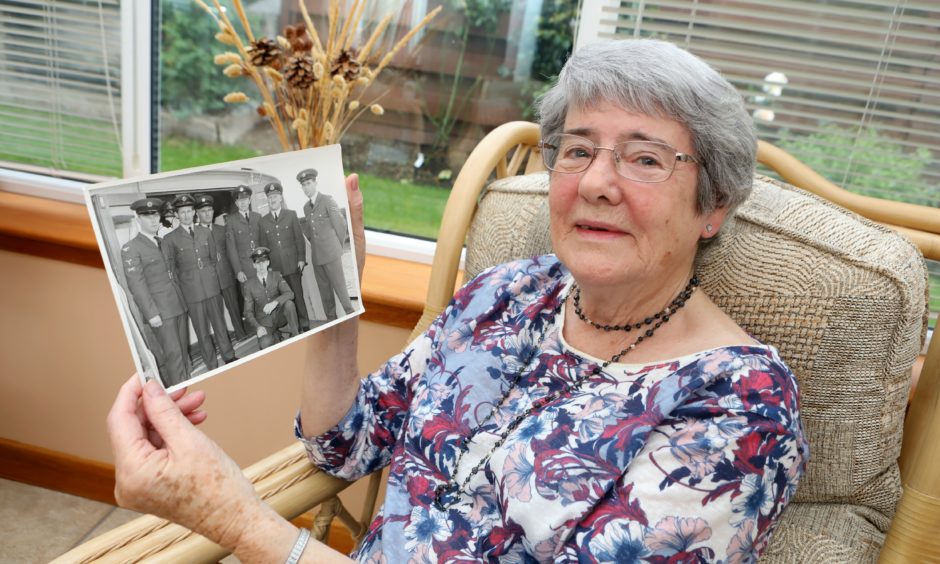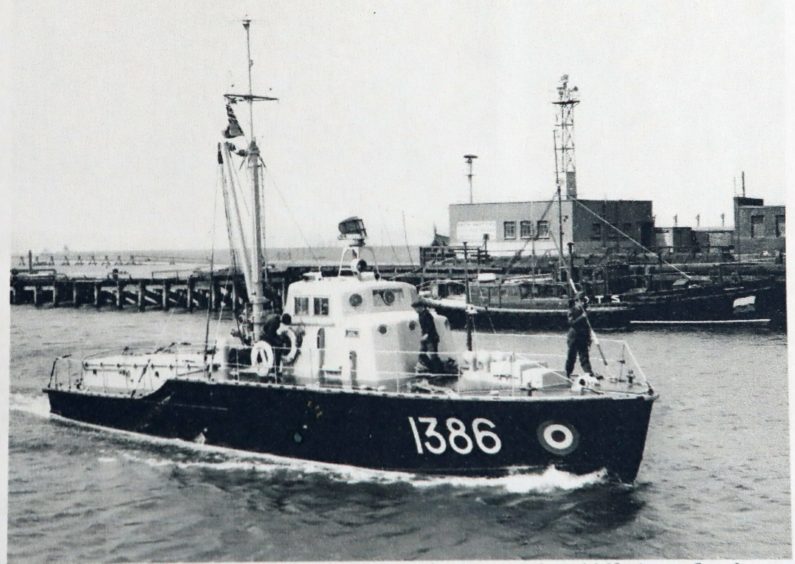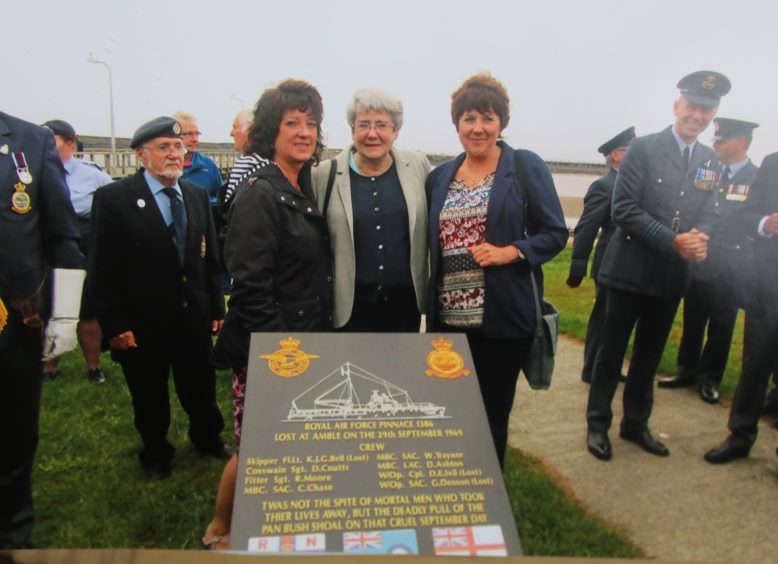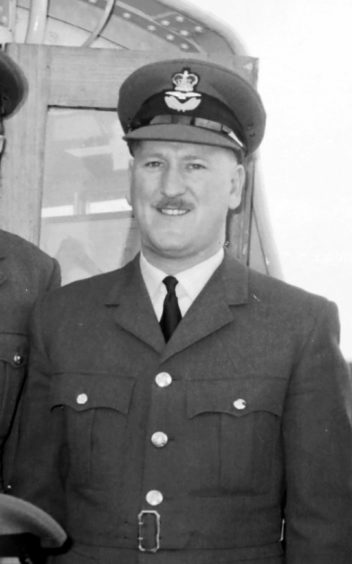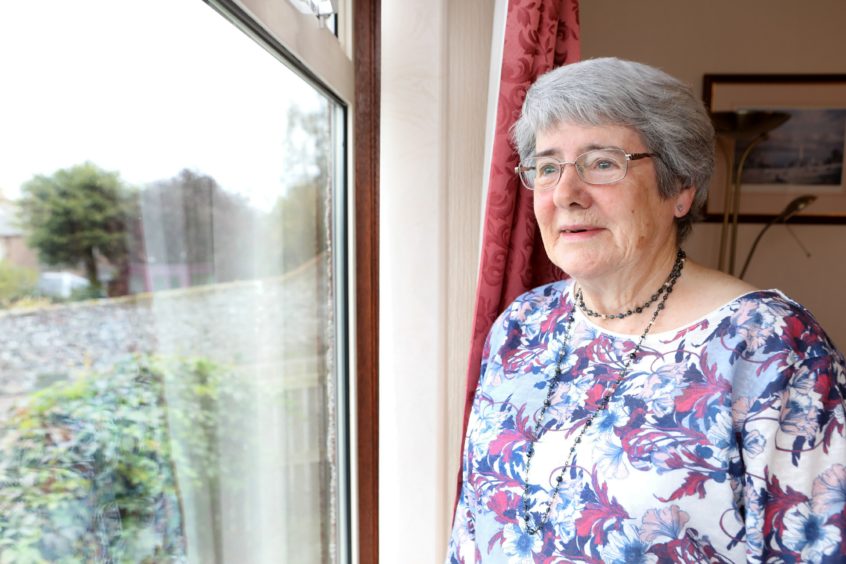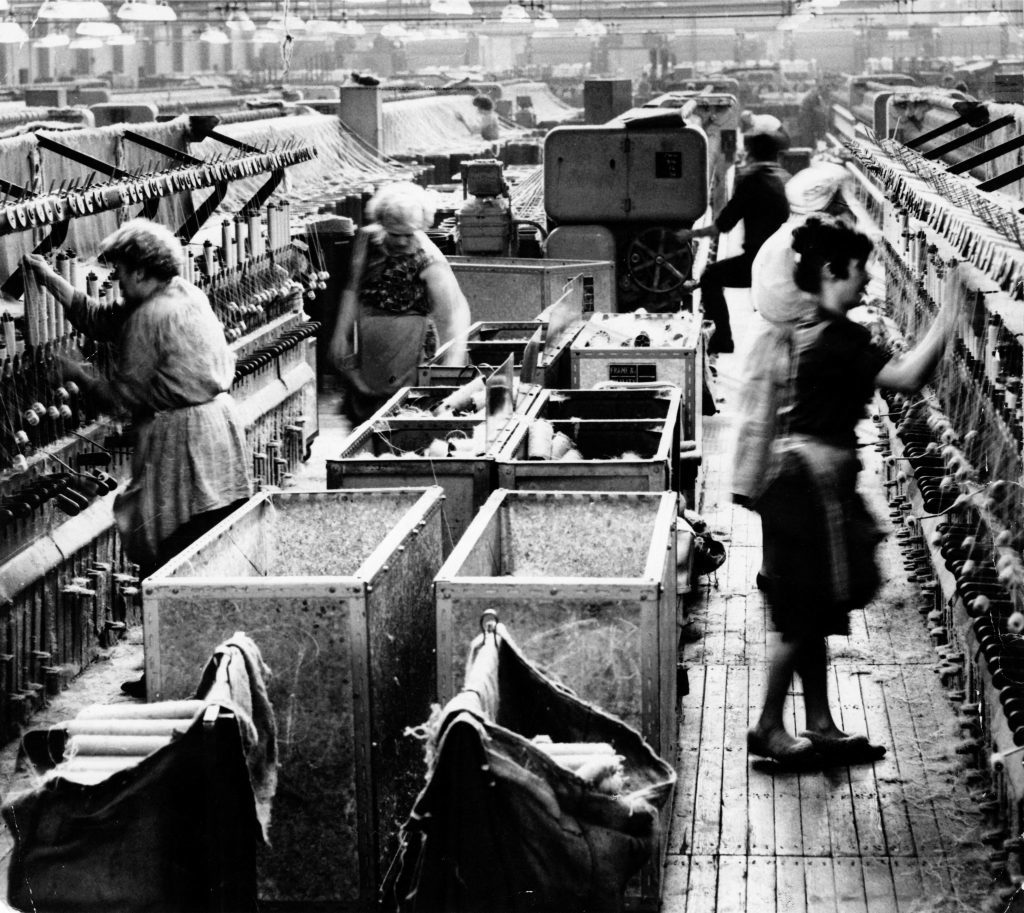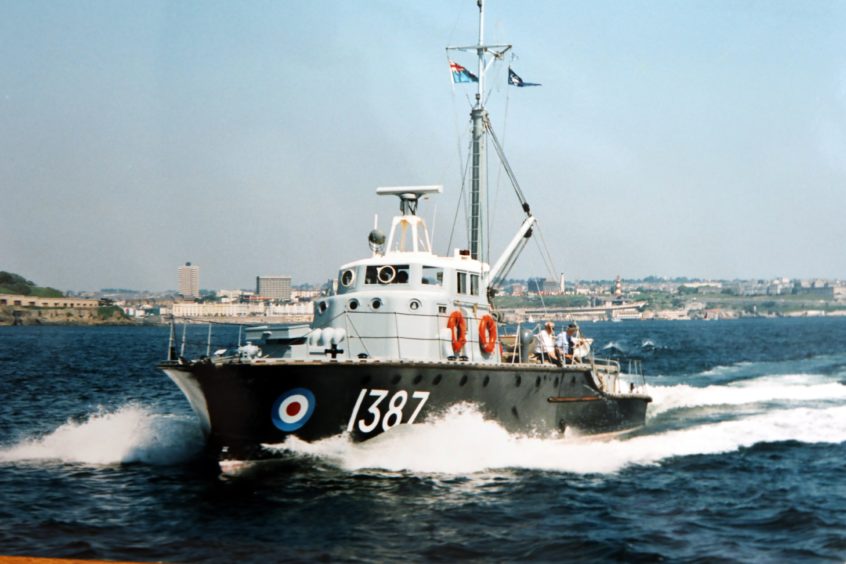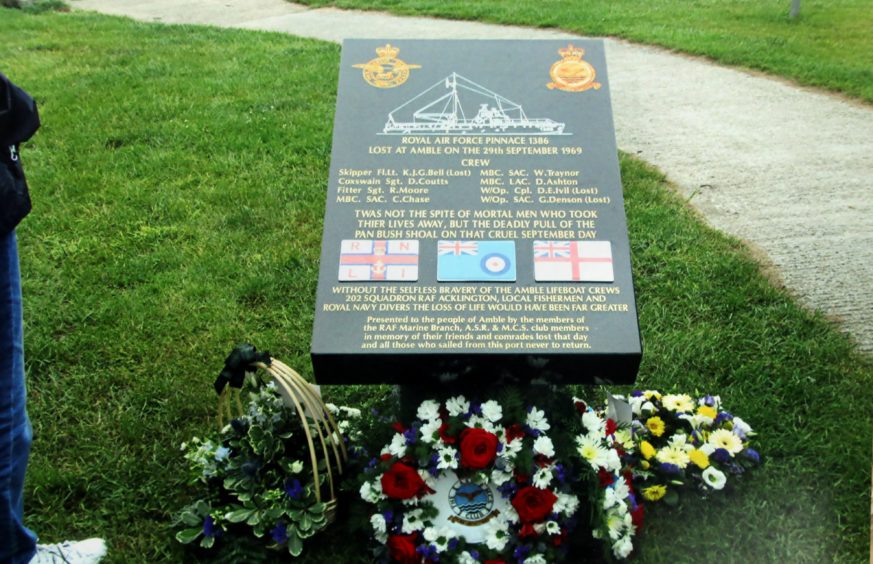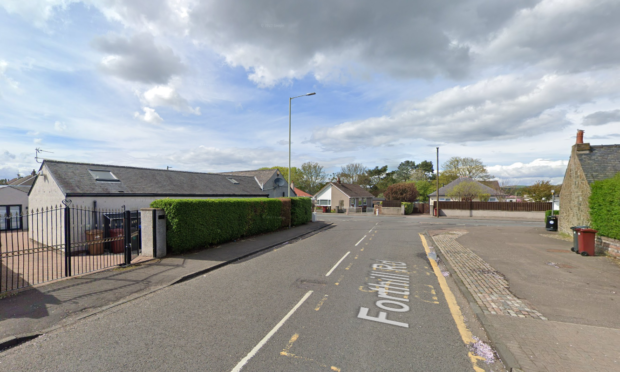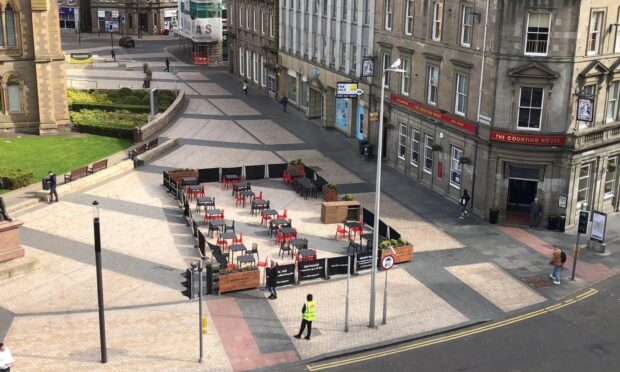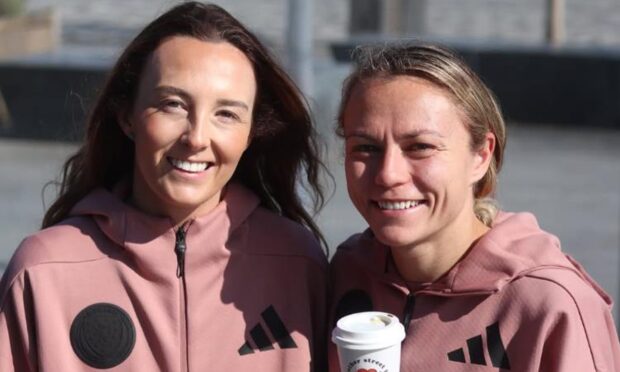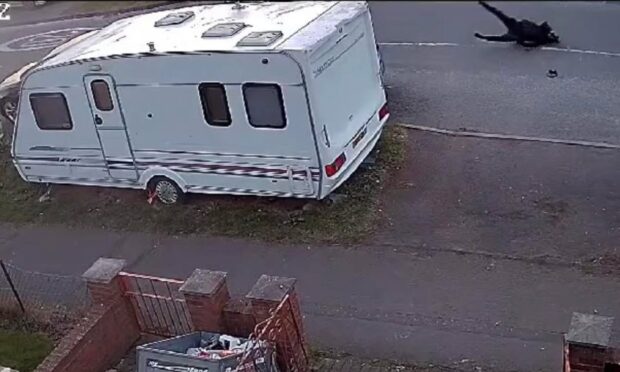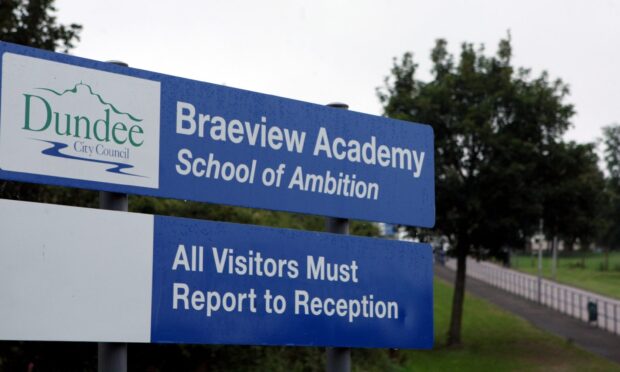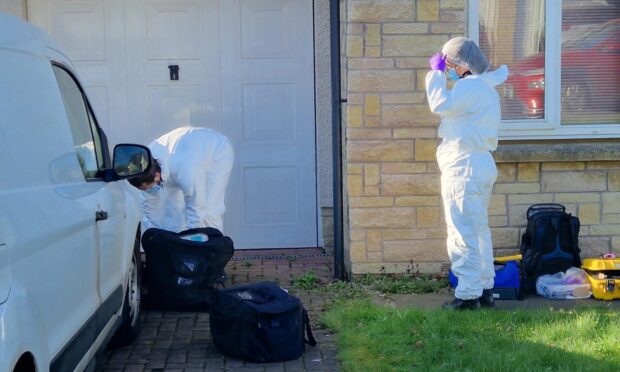Fifty years after a Dundee-born RAF officer died in a tragic accident at sea, his Newport-based widow tells Michael Alexander why he will never be forgotten.
It was the aftermath of a routine training exercise off the Fife coast that ended in tragedy when three RAF crew members – including the Dundee-born and bred skipper – perished at sea.
Fifty years ago this weekend, after two weeks of winching exercises with helicopters from RAF Leuchars, RAF Search and Rescue craft Pinnace 1386 was on passage from Broughty Ferry to its home base at Bridlington in Yorkshire when it was overwhelmed by heavy seas and overturned while approaching Amble harbour in Northumberland during severe weather.
Amble lifeboats, together with HM Coastguard and the Search and Rescue squadron from RAF Acklington spent hours attempting to rescue the crew of the stricken vessel following the accident on September 29, 1969. Local divers also joined in to help free the men.
However, the skipper – former Morgan Academy pupil Flight Lieutenant Ken Bell – and wireless operators Corporal Ivil and SAC Denson, could not be saved.
They were the only three RAF Marine Branch servicemen to die while on active sea duty in the post war era.
Five crew members miraculously survived including SAC David Ashton, the youngest member of the crew, who escaped after Royal Navy divers managed to create a hole in the upturned hull for him to climb through.
The tragedy was commemorated in June 2018 when, after 49 years, a memorial was finally erected at Amble quayside. It was attended by family of the crew and rescuers, together with representatives from the RAF, Royal Navy and RNLI.
Amongst those visiting the scene of the tragedy for the first time that day was Flight Lieutenant Bell’s Dundee-born widow Katherine Brown, now 82, who remarried former Caledon shipyard worker Jim four years after the accident.
Speaking to The Courier at their home in Newport this week, Katherine explained how, despite belonging to a different chapter of her life, the memories of that fateful day in 1969 still live on.
“I’ll never forget the knock at the door after I was in my bed about 11 o’clock that night,” said Katherine, who was staying in married quarters with her two young daughters at RAF Driffield at the time.
“There were three gentlemen – one was a doctor then two very high up officials with the scrambled egg markings on their hats.
“I just got such a shock when I opened the door. They just asked to come in. They said at that point the accident had happened but Ken was missing.
“However, their bodies were washed up the next day which I almost saw on the TV. That was the only bad black mark against the RAF – that they didn’t tell me Ken had been found. I saw it on the news the next night when they found them on the rocks.
“My mum and my brother came right down from Dundee and that was the last I saw of Driffield. It was not an easy time!”
Katherine was given the option to have an official military funeral down south with the other two victims.
However, she opted to bring Ken home to Dundee, where the funeral, attended by many senior RAF, was held at the crematorium.
Katherine, herself a Morgan Academy FP who worked as a short-hand typist with the Sanitary Department of the former Dundee Corporation then the Royal Insurance Company, explained how she first met Ken, a fellow “church person”, at The Chalet dance hall in Broughty Ferry.
Ken, who was two years younger than her, was in the Merchant Navy when they met. As a child, he’d always wanted to go to sea having been taken to Dundee docks every Sunday by his grandad.
When they married in 1961, setting up home in Scott Street, Dundee, he was working for the Brocklebank Line – often going away for six or nine months on the jute ships to and from Calcutta.
Katherine got to join him once on a four month trip to India – a “wonderful adventure” as the only women amongst a crew of 70 mainly Indian men, she recalled.
It was after their two daughters Alison and Fiona were born in 1964 and 1968 respectively, however, that Ken decided to leave the Merchant Navy and join the RAF – going straight in at the rank of Flight Lieutenant.
After the 1969 tragedy, Katherine moved in with her mum to reflect and to seek solace amongst friends within the church community that she described as her “rock”.
She enrolled her eldest daughter at Clepington Primary while the RAF Benevolent Fund later helped her get her own house in Dundee.
For a long time Katherine struggled to come to terms with the fact that her late husband had only stepped in to cover for an RAF colleague on the fateful voyage at the last minute.
Time was a great healer, however, and it was through the church that she met Jim. They married at Mains Church, Dundee, in 1973 and Jim adopted the girls.
Today, Katherine, now a grandmother of two, says it’s as much for their daughters and Ken’s brother David, who still lives in Dundee, that they want Ken to be remembered.
Whilst the ceremony last year could have been difficult for Jim, he had coped “extremely well”.
“Fiona didn’t know her dad at all as she was just a baby,” she said. “Alison didn’t really know him either as he was always away.
“The men who organised the memorial were sorry themselves it had taken so long to be done.
“It is quite a story and while it is in the past, naturally we won’t forget him.”
